Internal water supply - the basic requirements for the
A building code for internal water supply and sewage systems clearly prescribes all system requirements and regulates its main indicators. Any newly commissioned communication or repairing structures must comply with a number of standards, otherwise supervisory authorities may simply not give permission for the commissioning of any of the systems.
In this review, we will consider the basic requirements so that you can understand the main features of the design and construction of communications.

Basic communications requirements
Internal water supply and sewage networks according to SNiP 2.04.01-85 must comply with a number of regulations and standards, we will highlight the most basic of the requirements:
| Security | This parameter is particularly relevant for drinking water supply networks, as they have high requirements for water quality and used for laying communications materials. Nowadays, the most popular option is the HDPE pipes, their advantages are safety, reasonable price and ease of doing their own hands. |
| Reliability | SNiP on the installation of internal networks of water supply and sewage prescribes materials that provide the necessary strength, these include PVC products, plastic, polyethylene, as well as steel and copper structures. Each of the options has its pros and cons, so it is best to consult with experts. |
| Durability | It is needless to remind you that in case of accidents, the water supply and sewage systems can create a whole range of problems both to you and the neighbors from below. Often, the cost of repairs at times, and even dozens of times higher than the cost of troubleshooting communications. That is why you should not save on quality, it is better to buy the option that is guaranteed to serve for many years |
| Correct installation | High-quality installation of internal plumbing is no less important than the choice of appropriate structures. Of course, you can do the work yourself, but in the end you need to invite a specialist to check all the systems for correct assembly, only after that you can invite utility representatives to put the system into operation |
Tip! If you decide to save money and do all the work yourself, the best option is to invite a specialist for a consultation before starting work. This service costs a little, but you get a lot of useful tips and you will initially understand what the final result should be.
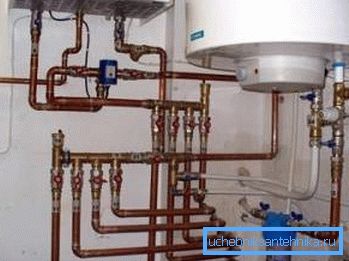
Some features of the design and work
Despite the fact that the laying of domestic water supply and sewage is regulated by one regulatory act, these are two independent systems, so we consider them separately. This will allow you to understand this topic much better.
Sewage
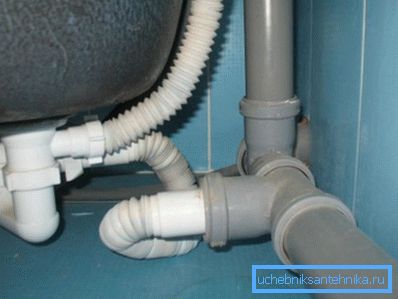
The specification for such works is described in detail in the norms of GOST 21.601-79 "Water supply and sewerage". Working drawings according to GOST for waste systems are painted in great detail, but still you should not study this manual, it’s better to turn to specialists.
Instructions on the basic requirements for systems, is as follows:
- Features of the device depend on the purpose of the use of communications, they can be domestic, industrial, combined, as well as designed to remove precipitation. If the wastewater requires additional treatment or the products are processed at catering organizations, the communications should be separate and equipped with an additional cleaning system.
- In the system must be present traps or siphons, they prevent the penetration of an unpleasant odor into the room.
- Also diameter of pipes is also regulated, for bathrooms and sinks the minimum size should be at least 50 mm, for toilet bowls - not less than 100 mm.
Note! For high-quality removal of sewage, it is worth observing the norms of slopes when laying pipelines, otherwise you risk getting problems in the form of blockages, which will periodically arise due to the wrong angle of sewage.
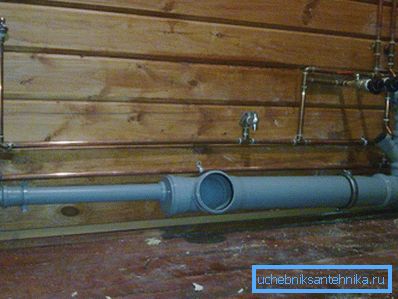
Water pipes
Here you can highlight the following criteria:
- The calculation of the internal water supply system is made in accordance with the peculiarities of its use, it can be intended for domestic, industrial or fire safety needs.. And the last option can be combined with others.
- The highest demands are placed on communications that supply drinking water.. There are important biological indicators, and the degree of purity, it is also very important that pipes are used for laying, which do not emit any harmful substances.
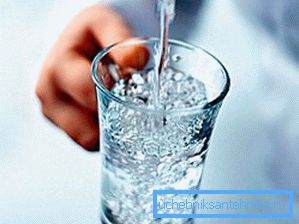
- The elements of the internal plumbing, if they are used for hot water, must be resistant to high temperatures. The minimum temperature of hot water supplied in a centralized way should not be less than 50 degrees, the maximum - not more than 75. This range guarantees the death of bacteria and at the same time does not cause burns in humans.
- If the length of communications is more than 10 meters, the installation of a booster pump is necessary to maintain pressure. It will provide a stable pressure even at the maximum water consumption.
- To prevent the system from freezing in the private sector during the winter period, it is recommended to apply heating of the water supply system inside the pipe using a special wire.. It guarantees uninterrupted water supply even during the coldest periods of the year.
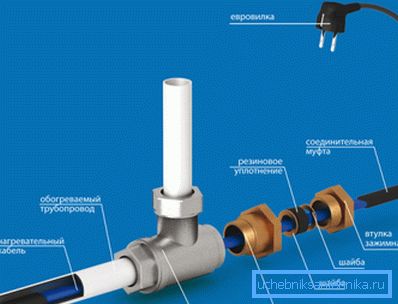
Conclusion
It is important to build communications without violating regulatory documents, this guarantees not only commissioning without unnecessary problems, but also the reliability and durability of the system.
The video in this article will help to understand some of the important nuances even better.